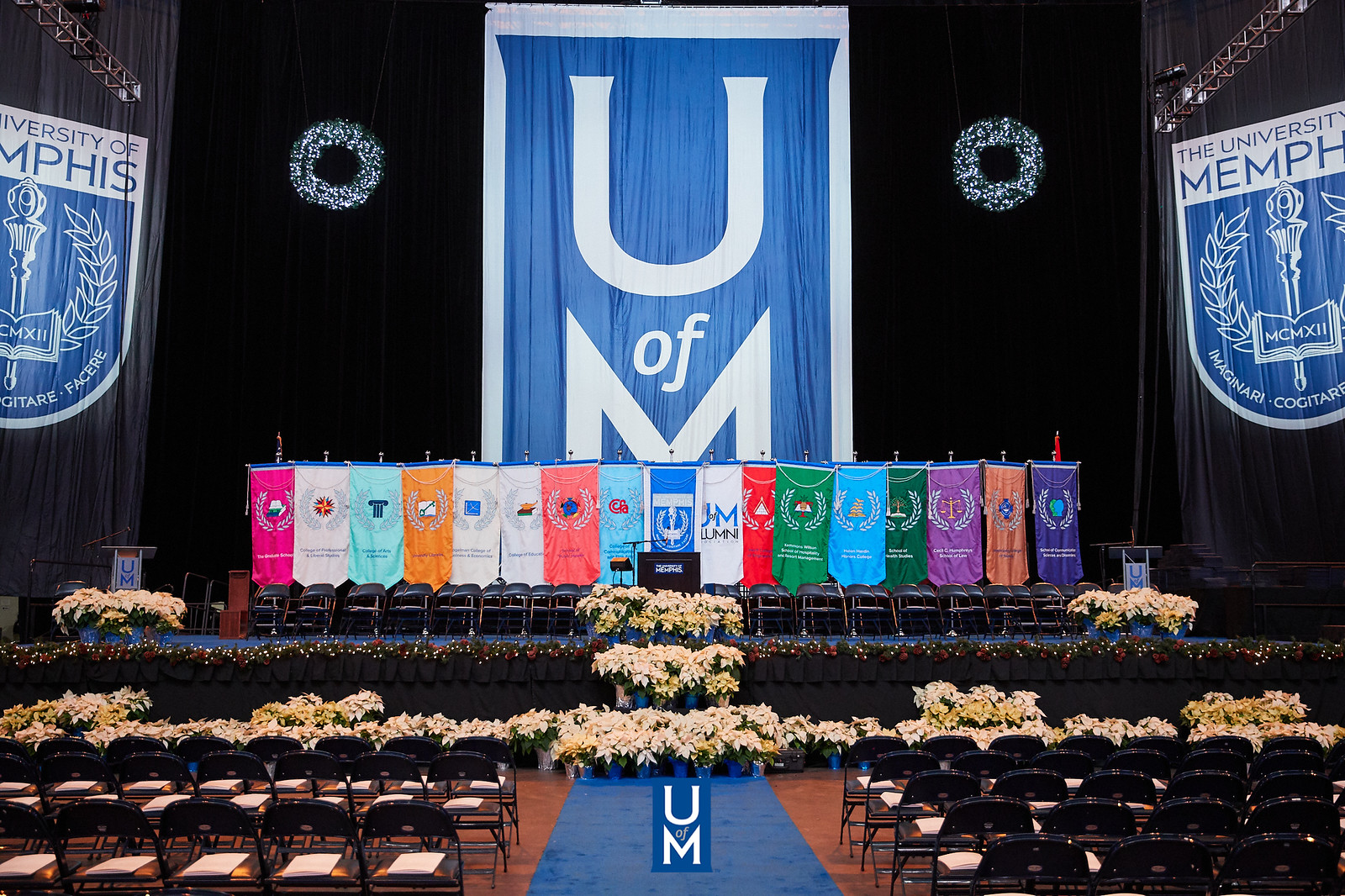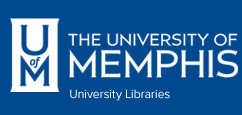
Electronic Theses and Dissertations
Polishing GEMS: A Supplemental Curriculum for Developing the Musical Literacy and Musical Expression Skills of Junior High Flute Students
Data is provided by the student.
Abstract
This study determines the content for a supplemental curriculum designed to improve musical literacy and musical expression skills using the Arkansas School Band and Orchestra (ASBOA) all-state junior high flute etudes. It addresses the first two steps (analysis of practical problems and development of possible solutions) of a Design-Based Research (DBR) project. The author intends to address the third and fourth steps (iterative cycles of testing and refinement and reflection and enhancement) in future research studies. A pilot study identified technical and interpretive deficiencies exhibited in nine (N = 9) student audition recordings using excerpts from the ASBOA etudes. A modified version of Saunders and Holahans Woodwind/Brass Solo Evaluation Form (WBSEF) was used to assess the recordings. The results showed deficiencies in the areas of tone, intonation, rhythmic accuracy, technique/articulation, and interpretation (primarily musical coherence). These results were compared to the Arkansas Department of Education (ADE) Beginning Band Curriculum Framework in order to determine possible modifications and/or additions to address the technical and interpretive difficulties found in the pilot study. The second step of the DBR process involves the creation of a supplemental curriculum framework designed to improve musical literacy and musical expression using Patrik Juslins GERMS model that explains the components of musical expression: Generative rules (G), Emotional expression (E), Random variability (R), Motion principles (M), and Stylistic unexpectedness (S).

